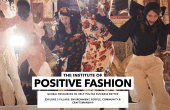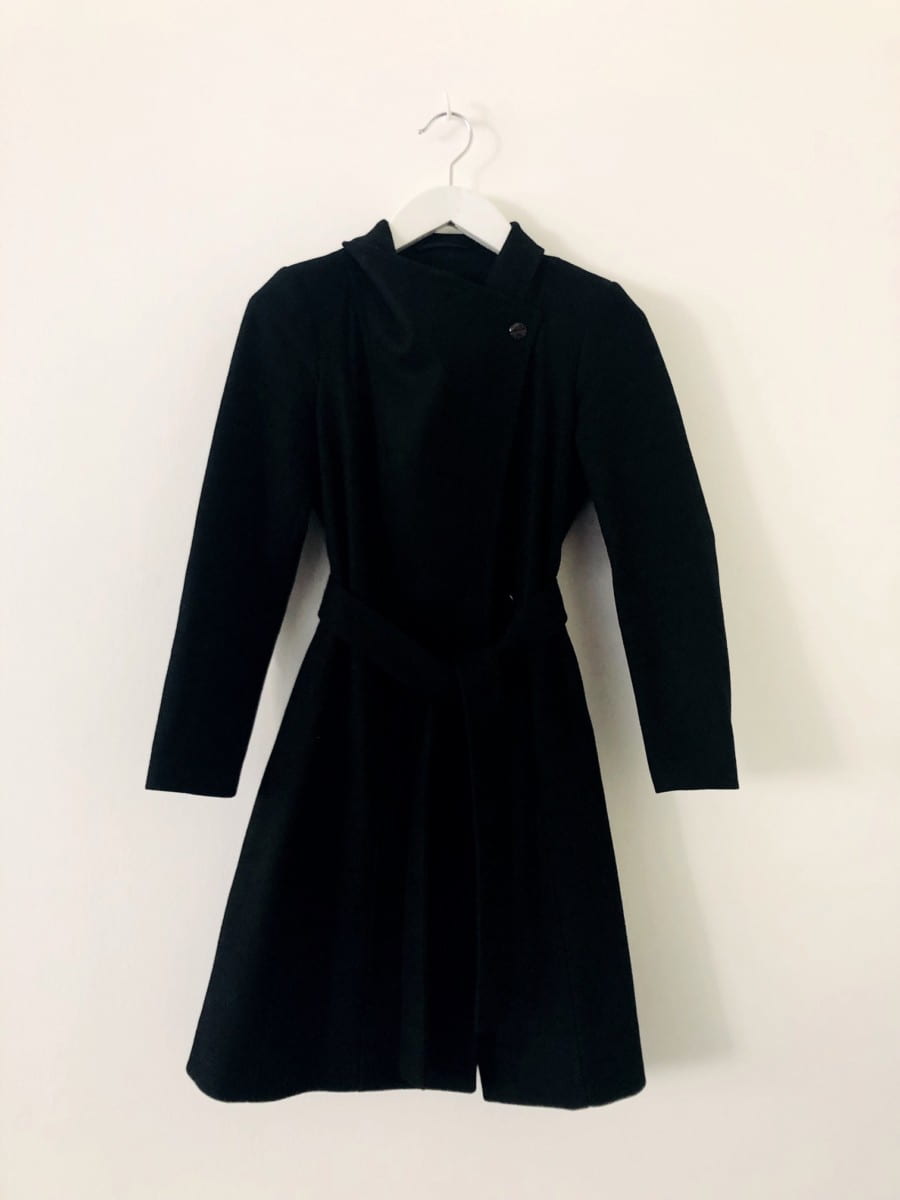One of my most treasured possessions is a small black evening clutch bag which my partner brought me some years ago. It looks vintage, with a classic shape that could be from the 1930s, yet has been designed to contain a mobile phone. Its clasp is a gold coloured skull, set with crystal to define its eyes and mouth, and atop that is the small McQ insignia which signals the designer.
It is a bag which never fails to catch people’s eye; it is discreet yet cries out for attention. It says everything that I want as a woman – it celebrates what it is to be feminine- yet challenges anyone to reconsider the view that women don’t have an edge. As Alexander McQueen said of his sources of inspiration:
” I suppose I am drawn to things that look beautiful or conventional on the outside, but there might be something very dark going on inside.”

His ability to mix superb design and originality of thought with pattern cutting and tailoring expertise gave an edginess that was original and particularly British. He was in the forefront of a new conception of fashion, which helped to bring London Fashion to the centre of the international stage. He is a tragic loss as his collection shown posthumously in Paris showed. He used the latest digital printing techniques to play with 14th century religious iconography, with the cutting, the colour, the fabrics, and the silhouettes completely contemporary.
McQueen said British fashion was “self-confident and fearless. It refuses to bow to commerce, thus generating a constant flow of new ideas while drawing on British heritage.” The British approach to fashion, creativity and new ideas, is a mix of the entrepreneurial, the inventive and at times idiosyncratic approach to the creation of new artefacts, products and works of art. These qualities generate new ideas, not just for fashion but for all aspects of the creative and cultural industries. The British have an instinct for taking our physical heritage, be it from museums, buildings or landscape and combining it with the cultural; this enables us to lead the world in the development of new creative ideas. These cultural symbols are not only the china, furniture, paintings, glass or clothing that reflect centuries of creativity, but that these artefacts have themselves been influenced by the generations of immigrants who came to our shores many to construct and make these very goods. These qualities have meant that British creativity has been forged by a constant need to adjust and to assimilate. It has helped to encourage a sense of curiosity and invention in how we see the world. It means that new goods developed to enable our social and cultural interactions, be they clothes, jewellery, ceramics help us in the daily rituals and interactions that bind our communities together. It is as though we take these great legacies and traditions and then turn them on their head.
Many students come from across the world to experience this mix of tradition, ingenuity and rebelliousness and those very qualities were on show at our recent postgraduate student fashion show. Held in the V&A Raphael Room, the collections revealed how students develop their own voice and motivations, whilst being acutely aware of the needs of the industry. One student linked the diminishing artisan skills in the fashion industries to people’s lives becoming faster and more transient. She explored this through tatting – a hand made lace technique which led to hand fringing. The fringing techniques were in turn influenced by feathers, fur and exotic bird to meet the new luxury consumers’ requirement for more experiential pleasures. Another collection entitled ‘Conflicting Love’ reflected the expression of love – using 100% wool in a conservative palette of greys, beige, whites and black. The student deconstructed traditional tailoring to produce pieces that are intricately hooked together using chains replacing what would be the conventional seam. A third collection concerned the strength of women – and how women can use passive aggressiveness to assert themselves. Using the undulations of a woman’s hair, she developed a sculpting technique in French rope to create intricate symmetrical patterns that give the garments form and structure. The silhouette translation is sensual in form with gold fixtures that reference military insignia.


Ya-Fan Chang. MA Fashion Design and Technology
These student collections demonstrated that there is constant stream of new ideas, creativity and invention – graduating from our education system. We need to invest in this new talent and support it as the foundation of British fashion and our reputation as a creative nation. We need to take up the legacy of Alexander McQueen and pass it on to generations to come.




